Nutrition in Pregnancy and Early Childhood
By: Megan Holdaway, RDN and Bessie O'Connor, RDN
We would like to thank Debbie Fetter, PhD and Samira Jones, PhD, RDN for providing third-party review of this issue.
Jump Ahead:
 Nutrition
in Pregnancy and Early Childhood
Nutrition
in Pregnancy and Early ChildhoodNutrition during pregnancy and early childhood has far-reaching impacts on children’s ability to succeed in school and life, and greatly influences their health outcomes as they grow older, including their likelihood of having a diet-related chronic disease.1 Diet quality during pregnancy and early life also plays a role in microbiome development in the gastrointestinal tract, further supporting optimal immune function and neurodevelopment.2
Consistent access to nutritious foods is critical for proper growth and essential nutrients fuel the brain, laying a foundation for cognitive abilities, motor skills and social-emotional development. For children’s neurodevelopment, the American
Academy of Pediatrics identifies these key nutrients: protein, zinc, iron, choline, folate, iodine and long-chain polyunsaturated fatty acids, as well as vitamins A, D, B6 and B12.1 The 2020–2025 Dietary Guidelines for Americans identifies calcium,
potassium and dietary fiber, in addition to iron, choline, folate, iodine and vitamin D, as nutrients of concern for pregnant and lactating people.3 Health professionals can support optimal nutrition during these critical life stages through consistent,
concise and evidence-based information.
 A Food-Forward
Approach to Improving Diet Quality and Health
A Food-Forward
Approach to Improving Diet Quality and HealthThe 2020–2025 Dietary Guidelines for Americans provides food-based dietary guidance across the life span, as people do not eat nutrients in isolation but rather a variety of foods day to day.3 Dietary patterns that incorporate nutrient-dense and minimally processed foods to meet energy and nutrient needs are foundational to improving diet quality.
Nutrition science and public guidance continue to investigate and define diet quality in relation to food matrices and their health effects. A food matrix refers to the nutrient and non-nutrient components of foods, including vitamins, minerals and bioactive components, as well as physical structure, texture and form.4 Similar to whole foods such as fruits, vegetables and legumes, minimally processed dairy foods have complex food matrices and multiple bioactive components, including proteins, lipids, micronutrients and probiotics (in fermented dairy foods such as kefir and yogurt) that work together to impact digestion, absorption and physiological functions important for health.5
Environmental and societal factors can also impact diet quality during pregnancy and early childhood. Factors such as nutrition insecurity or nutrition knowledge gaps can decrease consumption of a variety of nutrient-dense foods, and can increase reliance
on inexpensive, highly processed foods. Optimizing diet quality during pregnancy and early childhood supports the developing microbiome and supports lifelong health.
 Nutrient
Bioavailability
Nutrient
Bioavailability
A high-quality diet contains a balanced, diverse and appropriate selection of foods eaten throughout the life span.6 The foods that make up an eating pattern have interactive, synergistic and cumulative relationships that better predict health beyond individual foods or food groups.2 Eating plant and animal foods together improves overall nutrient absorption and the availability of nutrients for the body to use. When it comes to meeting nutrient recommendations from plant foods alone, bioavailability and nutrient form should be taken into consideration. Many plant foods contain phytates that bind to protein and certain minerals such as iron, calcium and zinc in the intestine and form an insoluble complex that inhibits absorption, increasing the risk of inadequate intake of these nutrients.7 Additionally, a diet high in only plant-based proteins can result in inadequate protein absorption and utilization.8 These findings highlight important dietary considerations and reinforce the value of consuming a variety of nutrient-dense foods to improve absorption and bioavailability, which is particularly important during times of rapid growth such as pregnancy and early childhood.
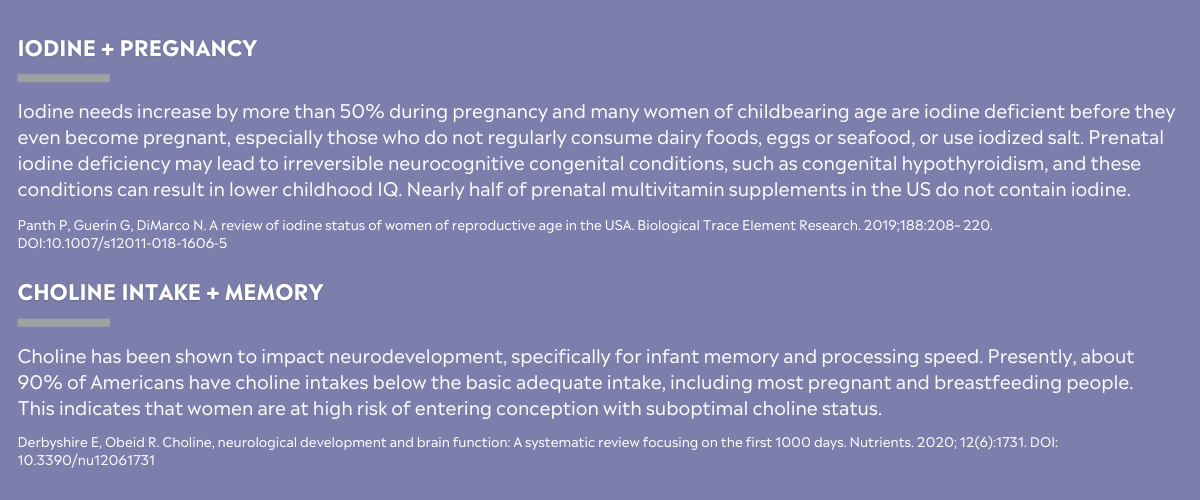
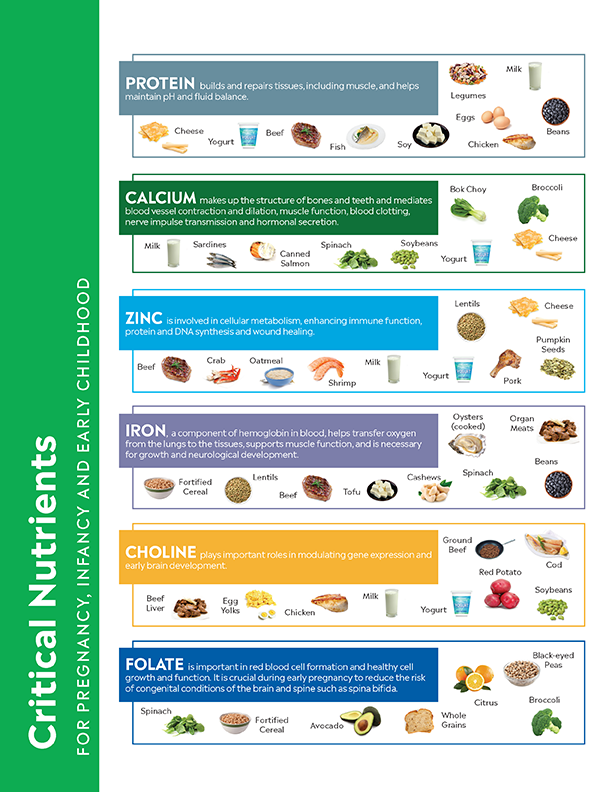 | 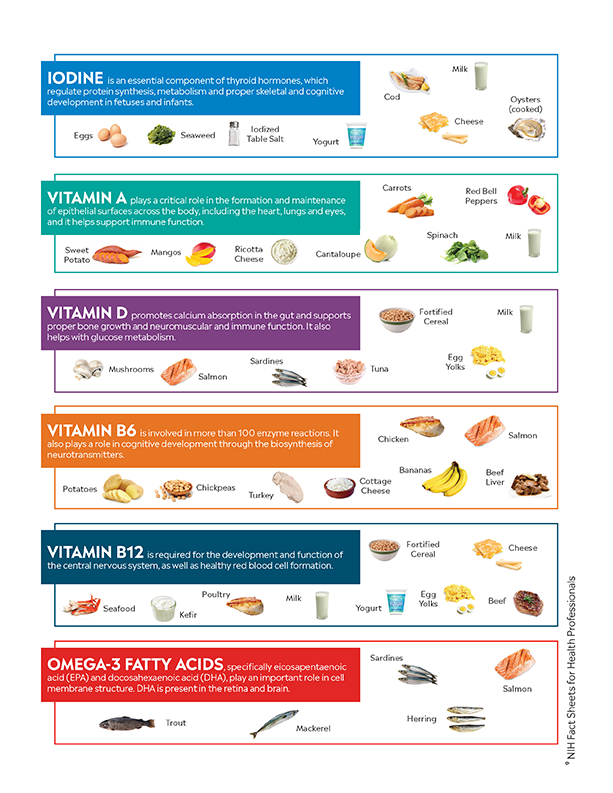 |
 Promoting
Community Health through Nutrition
Promoting
Community Health through NutritionHealth professionals have a unique window of opportunity to share evidence-based information about nutrient-dense foods to support children and families in reaching their full potential. Whole and minimally processed plant and animal source foods should not be thought of as competing entities but rather as synergistic food sources that can improve how nutrients are absorbed, promote optimal diet quality, support a healthy microbiome and contribute to adequate intake of critical nutrients for growth and development. Additionally, both plant and animal source foods provide complementary nutritional, social, economic and environmental benefits that meet the needs of diverse patient populations. Through food-based dietary guidance, health professionals can alleviate confusion, reduce barriers and reinforce evidence-based recommendations that build lifelong healthy eating patterns and support optimal health and well-being across the life span.
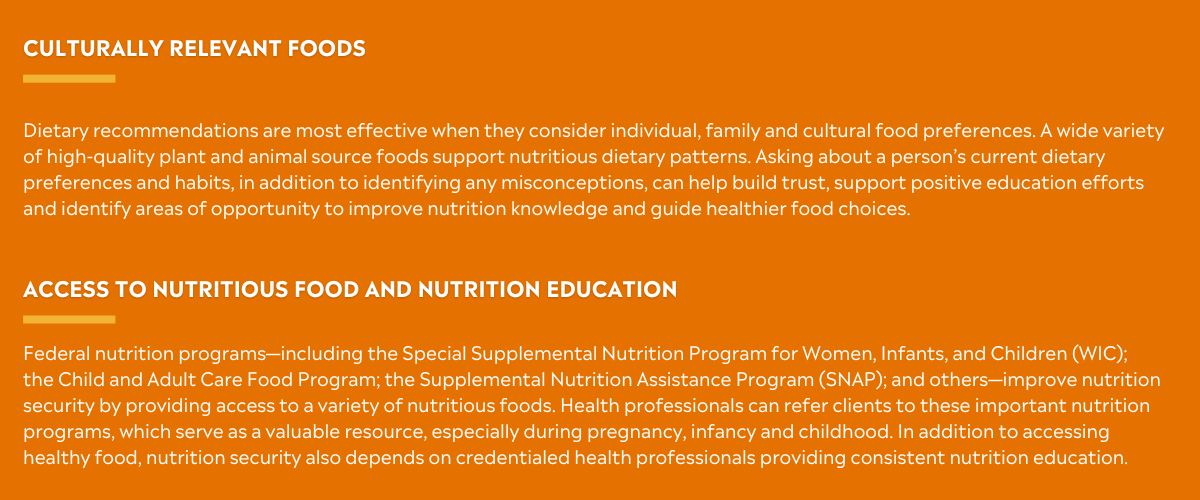
During Pregnancy | Infants Ages 6 Months to 1 Year | Children Ages 1 to 2 Years |
To best meet nutrient needs during pregnancy, focus on incorporating foods from USDA’s MyPlate food groups into meals and snacks. The five food groups include Dairy, Vegetables, Fruits, Grains and Protein. | Around 6 months of age, introduction of nutrient-dense complementary foods can begin. These include fruits, vegetables, protein and dairy foods such as yogurt and cheese to familiarize babies with a variety of new tastes and textures. | Proper nutrition from an early age that includes a variety of foods from the 5 food groups, including Dairy, Vegetables, Fruits, Grains and Protein, support brain, bone and immune health. |
The need for iron increases during pregnancy, so it’s crucial to focus on iron-rich foods such as meat, poultry, seafood, leafy greens, beans, dried fruit and nuts. | Proper nutrition that includes foods from the 5 food groups, including Dairy, Vegetables, Fruits, Grains and Protein, support brain, bone and immune health. | Milk and water are recommended as the go-to drinks for children ages 1 to 5 years. Milk provides 13 essential nutrients like calcium and protein, and water provides hydration. Whole milk is recommended for children ages 1 to 2 years to
provide energy, fat and other important nutrients during this critical growth and development period. |
Dairy products such as milk, yogurt and cheese provide high-quality protein and key nutrients that support a healthy pregnancy and baby’s development. Include 3 servings of dairy throughout the day. | Pair colorful fruits, vegetables or whole-grain cereals with protein-rich yogurt or cheese to make nutritious snacks. | Pair fruit, vegetables or whole-grain crackers with protein-rich yogurt or cheese to make nutritious snacks. |
If you are lactose-intolerant, opt for lactose-free milk. For those diagnosed with a milk allergy, calcium fortified soy milk provides the closest nutritional alternative to milk. | 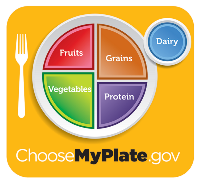 | Serving milk with meals can safeguard picky eaters because milk provides a rich nutrient package and is highly palatable. |
 The
Role of Food as Medicine
The
Role of Food as MedicineFor the first time in over 50 years the White House convened a Conference on Hunger, Nutrition and Health and released a national strategy that lays out a vision for ending hunger and reducing diet-related disease by 2030. The national strategy encourages a whole-of-society approach and outlines 5 pillars that provide an actionable path to achieve nutrition security goals in the United
States. One of these pillars identifies the need to integrate nutrition and health and ensure that guidance and nutrition education efforts are aligned with the Dietary Guidelines for Americans. The role of food as medicine is being expanded to affirm
that food and nutrition should play a role in sustaining health and preventing disease.10 Clear nutrition information from trusted, credentialed health professionals will play an important role in a whole society approach to improve nutrition security,
particularly during critical life stages.
Advocacy for Improving Nutrition in the First 1000 Days to Support Childhood Development and Adult Health |  |
FAQ: Healthy Beverages for Children 0-5 Years |  |
Pediatric Care Specialist Backgrounder |  |
The Importance of Iodine in Prenatal Brain Development |  |
Estimated Micronutrient Shortfalls of the EAT-Lancet Planetary Health Diet |  |
Pregnancy and Early Childhood |  |
1. Schwarzenberg SJ, Georgieff MK, Daniels S, et al. Advocacy for improving nutrition in the first 1000 days to support childhood development and adult health. Pediatrics. 2018;141(2):e20173716. DOI:10.1542/peds.2017-3716
2. Robertson RC, Manges AR, Finlay BB, Prendergast AJ. The human microbiome and child growth: first 1000 days and beyond. Trends in Microbiol. 2019;27(2):131-147. DOI:10.1016/j.tim.2018.09.008
3. US Department of Agriculture and US Department of Health and Human Services. Dietary Guidelines for Americans, 2020-2025. 9th ed. Washington DC; 2020. https://www.dietaryguidelines.gov. Accessed January 17, 2023.
4. Mozaffarian D. Dairy foods, obesity, and metabolic health: the role of the food matrix compared with single nutrients. Adv Nutr. 2019;10(5):917S-923S. DOI:10.1093/advances/nmz053
5. Hirahatake KM, Astrup A, Hill JO, Slavin JL, Allison DB, Maki KC. Potential cardiometabolic health benefits of full-fat dairy: the evidence base. Adv Nutr. 2020;11(3):533-547. DOI:10.1093/advances/nmz132
6. FAO, IFAD, UNICEF, WFP, WHO. The State of Food Security and Nutrition in the World 2020: Transforming Food Systems for Affordable Healthy Diets. Rome, Italy; 2020. DOI:10.4060/ca9692en
7. Beal T, Ortenzi F, Fanzo J. Estimated micronutrient shortfalls of the EAT-Lancet planetary health diet. Lancet Planet Health. 2023;7(3):E233-E237. DOI:10.1016/S2542-5196(23)00006-2
8. Moughan PJ. Population protein intakes and food sustainability indices: the metrics matter. Global Food Secur. 2021;29:100548. DOI:10.1016/j.gfs.2021.100548
9. Dietary supplement fact sheets. National Institutes of Health, Office of Dietary Supplements website. https://ods.od.nih.gov/factsheets/list-all. Accessed January 17, 2023.
10. Food as medicine. Academy of Nutrition and Dietetics Foundation website. https://www.eatrightfoundation.org/resources/food-as-medicine#:~:text=Food%20as%20medicine%20is%20a%20reaffirmation%20that%20food%20and%20nutrition,to%20changes%20in%20their%20diet. Accessed January 17, 2023.
Read the top food and nutrition trends for education and health professionals.